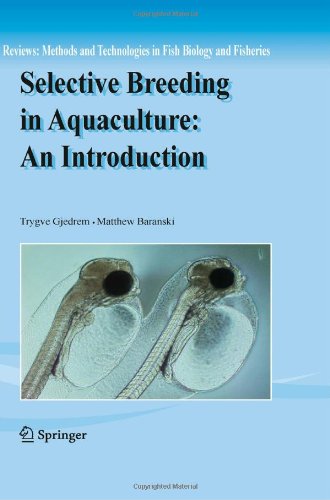

Most ebook files are in PDF format, so you can easily read them using various software such as Foxit Reader or directly on the Google Chrome browser.
Some ebook files are released by publishers in other formats such as .awz, .mobi, .epub, .fb2, etc. You may need to install specific software to read these formats on mobile/PC, such as Calibre.
Please read the tutorial at this link: https://ebookbell.com/faq
We offer FREE conversion to the popular formats you request; however, this may take some time. Therefore, right after payment, please email us, and we will try to provide the service as quickly as possible.
For some exceptional file formats or broken links (if any), please refrain from opening any disputes. Instead, email us first, and we will try to assist within a maximum of 6 hours.
EbookBell Team

4.7
76 reviewsThis book provides a basic introduction to selective breeding in aquatic species, and describes the concepts behind establishing and running successful breeding programs. Although only 10% of world aquaculture production is currently based on genetically improved stocks, the dramatic gains achieved in species such as Atlantic salmon and tilapia serve to demonstrate the potential of selective breeding to improve growth, product quality, disease resistance and other commercially important traits. As increasing pressure is placed on feed, land and water resources, there is a growing need for such programs to be implemented on a large scale in aquaculture.
The major objective of this book is to introduce selective breeding to a wider audience, using results of numerous studies to show that the high fecundity and genetic variation in most aquatic species can lead to rapid and dramatic improvements. Building on well-established methods based on quantitative genetic theory, the key role that molecular genetics will play in the future of aquaculture breeding is also discussed.
The text was written by Trygve Gjedrem (chapters on breeding theory and planning breeding programs) and Matthew Baranski (biotechnology chapter and general contributions), scientists at one of the world’s leading food and aquaculture research institutes, Nofima Marin.